Nesting Season for the Leatherback Turtle Arrives in Costa Rica
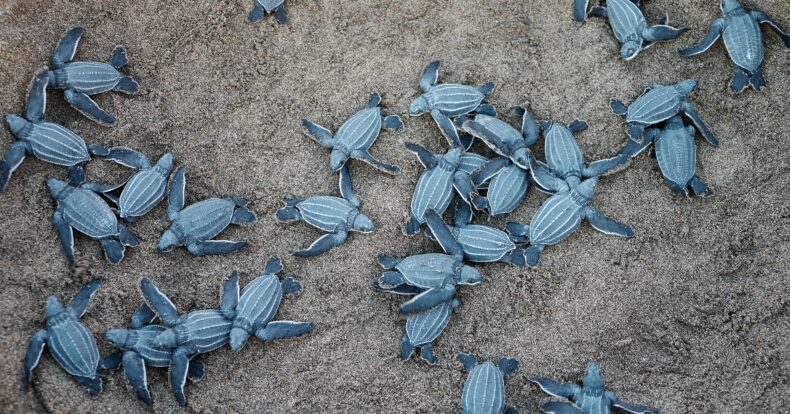
Every year, between March and July, the majestic leatherback turtles begin to arrive on the beaches of Tortuguero and Gandoca-Manzanillo in Costa Rica. These impressive creatures, the largest of all sea turtles, can reach up to two meters in length. Known as the “globetrotters of the ocean”, they travel from the Costa Rican Caribbean along the entire coast of Central America, reaching as far as Canada and even crossing the Atlantic to Spain.
The impressive arribada at Ostional
Later in the year, between August and December, the amazing “arribada” will take place in Ostional, Guanacaste, when hundreds of thousands of olive ridley turtles will arrive to nest. This natural phenomenon occurs on only a few beaches in the world, making Costa Rica a privileged destination to witness it.
According to the Ostional Wildlife Refuge, approximately 701,558 olive ridley sea turtles nested there in 2022. Given that each one lays around 100 eggs per visit and can return multiple times in one season, experts estimate that more than 1.15 million hatchlings emerged that year.
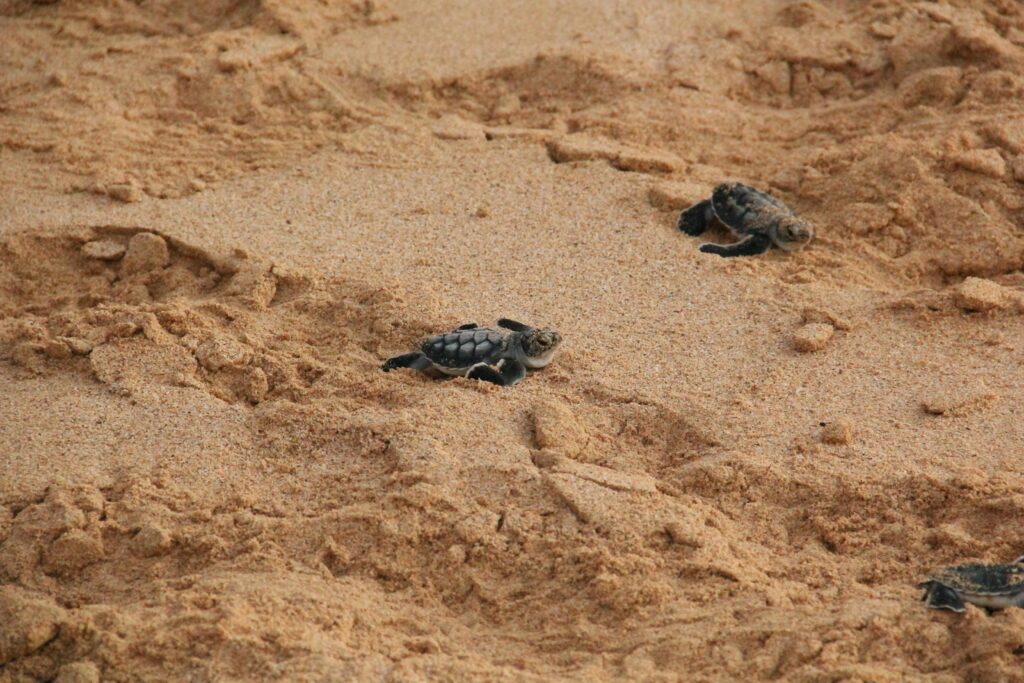
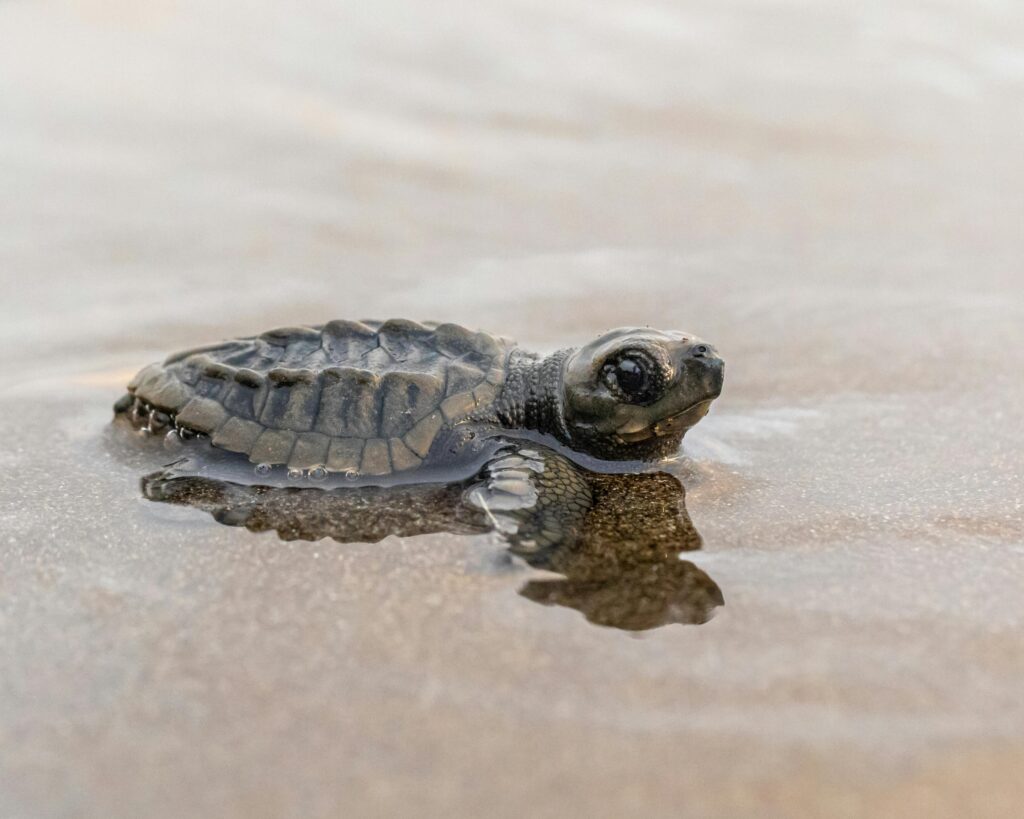
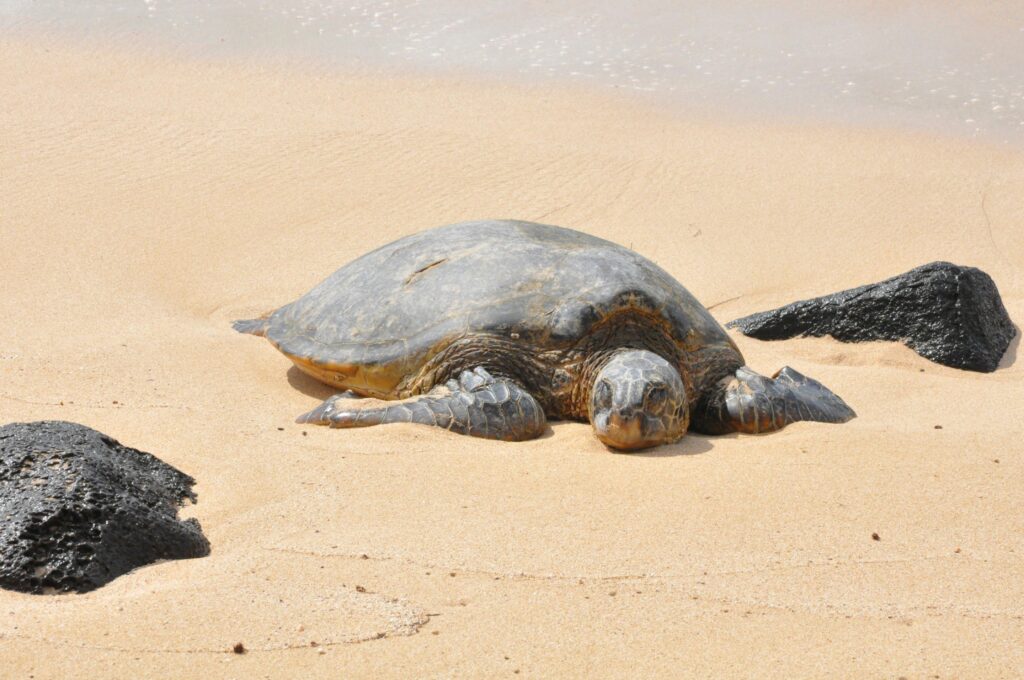
Despite these impressive numbers, only a fraction of sea turtle hatchlings make it to adulthood. From the moment they are born, they face numerous threats, including predators, obstacles and light pollution, which can disorient them. “As they grow, their greatest threats become irresponsible fishing and marine debris. Protecting their habitats and reducing human interference is crucial to their survival,” explained Dr. Francisco Sánchez, of the National Council of Wildlife Veterinarians (CONMVEFAS).
Costa Rica is home to five species of sea turtle: the leatherback, olive ridley, hawksbill, green and loggerhead. These species play a fundamental role in the balance of marine ecosystems, controlling the jellyfish population, transporting nutrients between the oceans and the beaches.
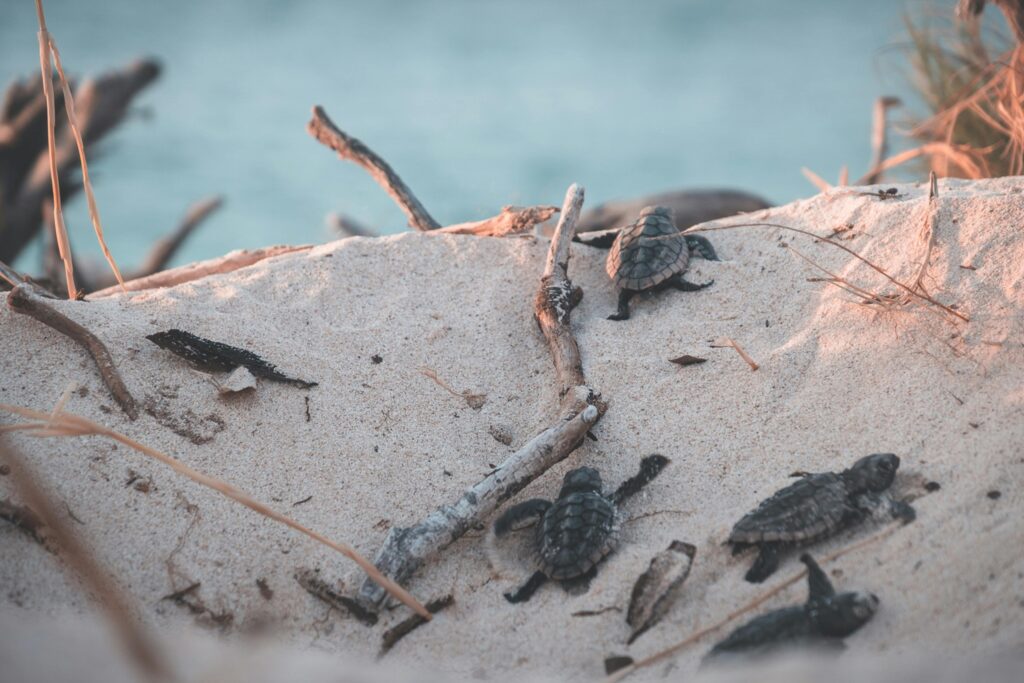
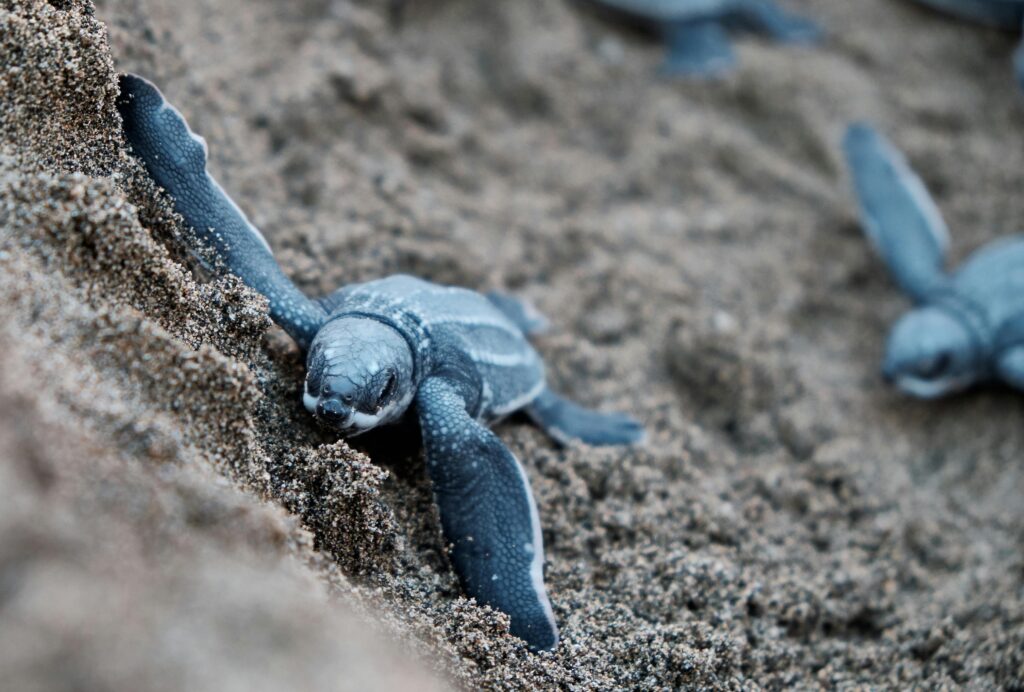
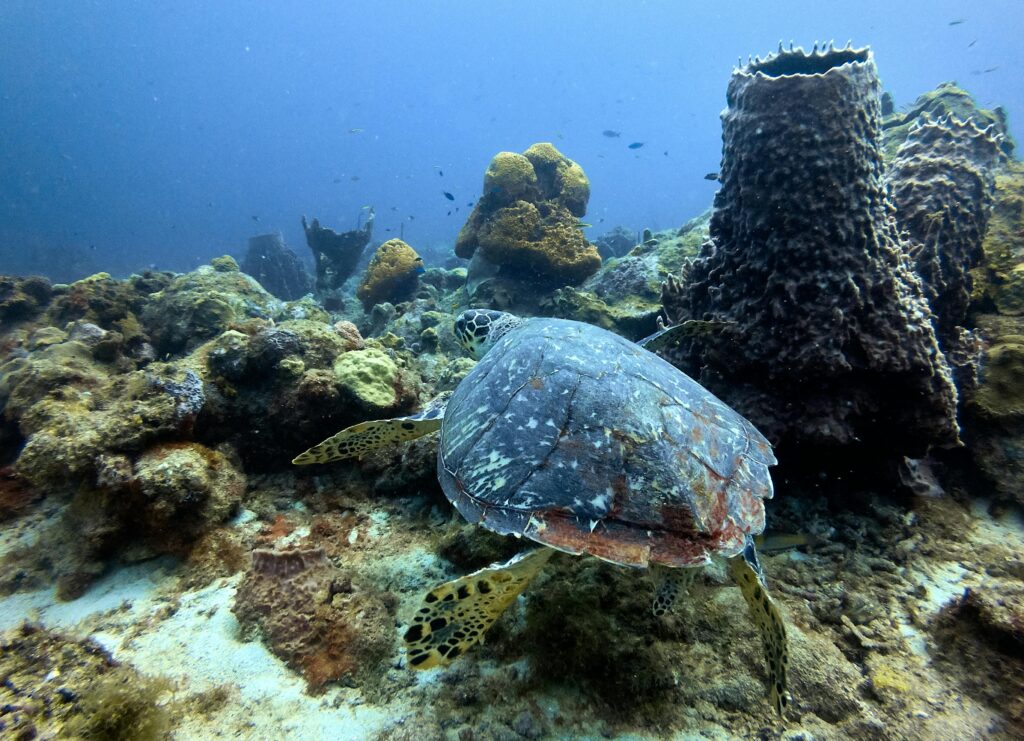
Beyond the aforementioned threats, coastal development, poaching and the impacts of climate change endanger these ancient travelers. Local conservation initiatives, led by government agencies and community groups, are actively working to protect them through habitat restoration.
Nesting Season: responsible practices
To guarantee the survival of these species, both visitors and locals must follow responsible tourism and conservation practices, such as hiring certified guides for turtle watching tours and respecting the tourism and conservation, such as hiring certified guides for turtle watching tours, respecting nesting areas by keeping a safe distance and avoiding direct interaction with the turtles, and using red light instead of white or flashing light near nesting sites.
Other key actions include avoiding campfires, vehicles or food stalls on nesting beaches, picking up plastics and trash to keep beaches clean, buying only sustainably sourced seafood and refraining from purchasing turtle eggs from illegal or uncertified sources. Reducing light pollution and limiting construction near nesting areas are also crucial steps in protecting these ancient species.
Nesting Season
Sensorial Sunsets
Previous article Gaza / Israel: regarding the request for intervention presented by Belize before the International Court of Justice (ICJ)
Navigate articles





